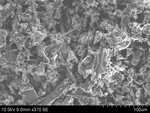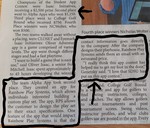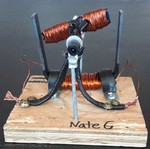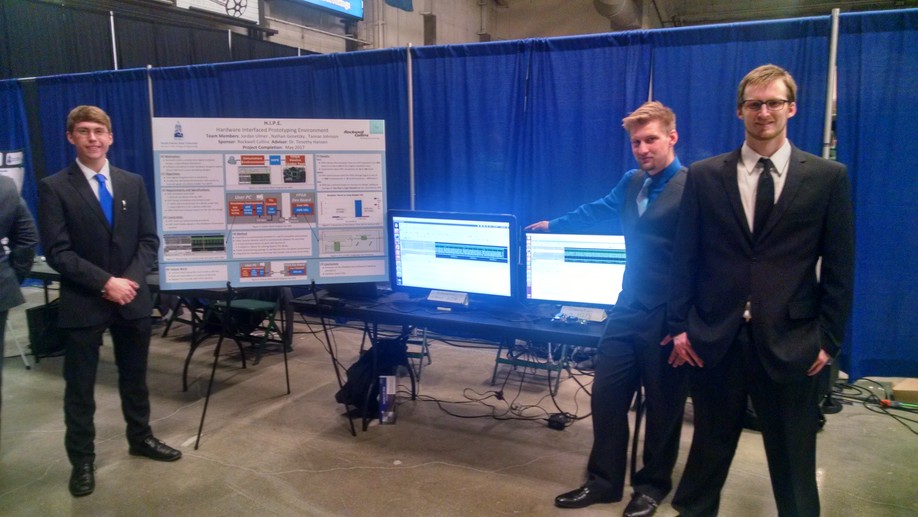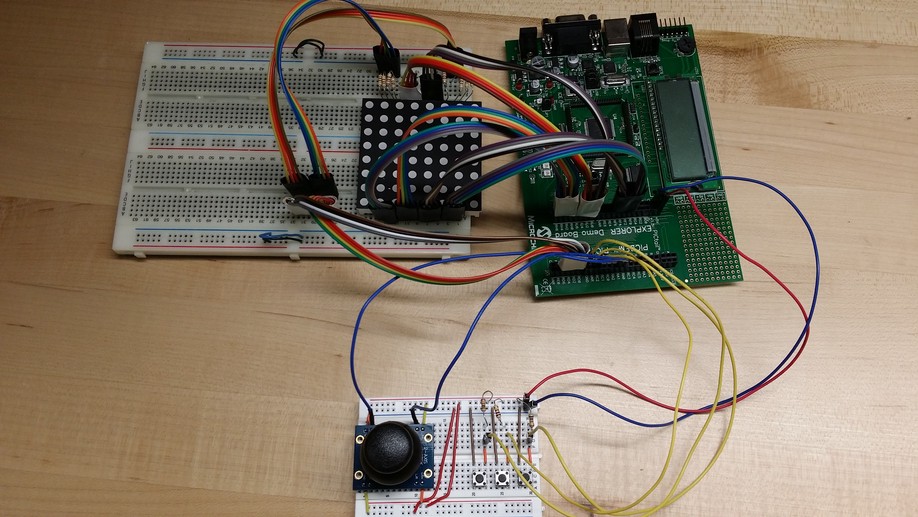Biography
Software Engineer by Day, Electronic Hobbyist by Night.
- Recent Electrical Engineer graduate with honors distinction.
- Worked as independent contractor twice during college.
- Experience working as software engineer for two years during college.
- Learned Android, Python, Git and Linux command line tools from on-line tutorials/videos.
Interests
- Python
- Yocto Project
- C++
Education
BS in Electrical Engineering, 2017
South Dakota State University



